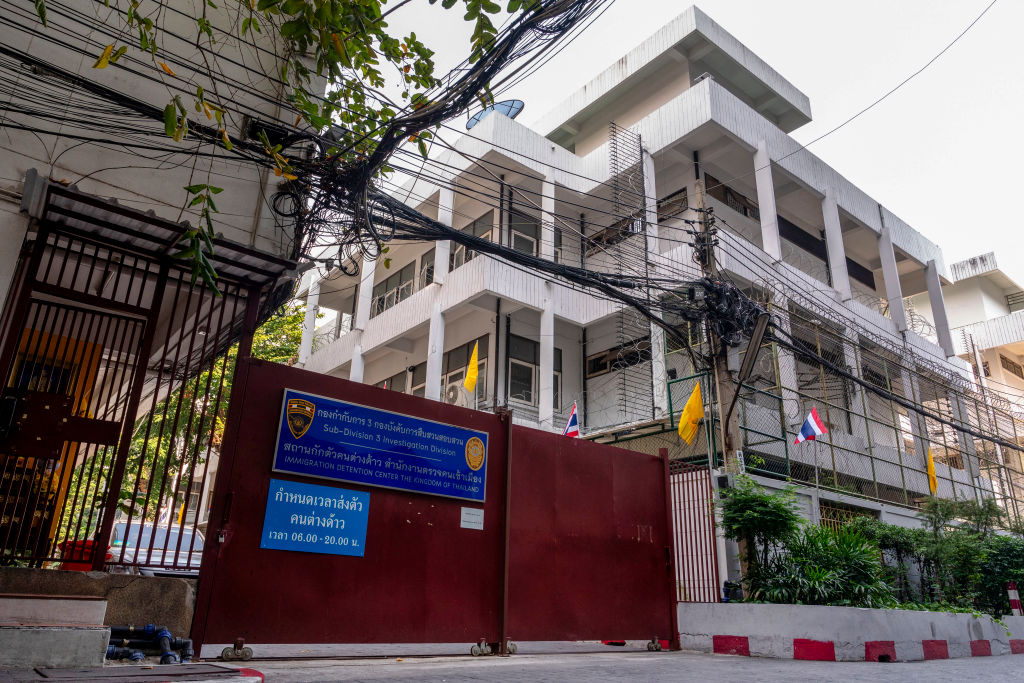
Widespread storms are anticipated to affect a significant portion of the U.S. this week, possibly causing disruptions to holiday travel for millions.
Today, precipitation, specifically rain, is projected for the Midwest, Southeast, and East Coast. Snow is also predicted for areas of Michigan, Wisconsin, Ohio, Pennsylvania, and New York throughout the week. In New York City, wind gusts reaching 20 to 30 mph on Thursday could jeopardize the city’s renowned parade.
Thanksgiving stands as one of the year’s peak travel days. AAA estimates that a total of 81.8 million individuals will journey 50 miles or further during the Thanksgiving holiday span. However, severe weather during this time is not unexpected for most travelers. Allison Finch, lead meteorologist at the New York State Weather Risk Communication Center, comments, “Late November typically marks the beginning of our initial encounters with genuinely cold weather.”
Notable Thanksgiving Storms Throughout History
The combination of a busy holiday season and shifting weather patterns frequently leads to significant challenges on roads and at airports. Indeed, Thanksgiving has been marked by several memorable storms across the years.
In 2018, numerous Northeastern cities experienced near-record low temperatures on Thanksgiving Day, with New York City recording a frigid 19°F that morning—making it the city’s second-coldest Thanksgiving ever. Despite the intense cold, thousands bundled themselves in metallic foil blankets and sleeping bags along the sidewalks to observe the Macy’s Thanksgiving Day Parade.
The subsequent year, a bomb cyclone—a powerful storm characterized by rapid intensification over a 24-hour period—delivered rain, snow, and hail to the West Coast, causing significant travel disruptions in Los Angeles due to widespread road flooding.
Even the Macy’s Thanksgiving Day Parade, an event not canceled since 1944, has been affected by severe winter weather. In 1997, 43 mph winds impacted the parade, leading to injuries for two individuals when a Cat-in-the-Hat balloon dislodged a metal arm from a lamppost. This incident prompted New York City officials to mandate that balloons be grounded if winds reach 23 mph, a directive that has not yet been put into action.
Natural disasters have also been prominent during the holiday period. During the 1950 Thanksgiving week, an extratropical cyclone affected 22 states, bringing powerful winds, torrential rain, and blizzard conditions that resulted in 353 fatalities and 160 injuries. In Thanksgiving week 1992, the U.S. experienced one of its most significant November tornado outbreaks, as severe weather generated approximately 100 tornadoes across three days, spanning from Texas to Virginia, and including Indiana, Ohio, and Kentucky.
The Influence of Climate Change on Thanksgiving Weather Patterns
Despite potential perceptions, the increasing frequency of erratic and intense November storms is linked to rising global temperatures. Since 1970, over 225 U.S. cities have observed an average November temperature increase of 2.4°F. This trend could alter Thanksgiving weather patterns by boosting winter precipitation, as a warmer atmosphere can hold more moisture.
This elevated moisture capacity raises the probability of substantial lake-effect snowfall. Lake-effect snow develops when warmer temperatures prevent lakes from freezing, allowing their warmer waters to evaporate into incoming cold fronts, which then precipitate as snow. Portions of the Midwest and Great Lakes region are anticipating lake-effect snow this week.
Finch states, “Climate change leads to warmer temperatures, resulting in a warmer November or an overall warmer autumn. Consequently, as we approach late November, if lake temperatures remain elevated and are met by a sudden influx of intense cold air, lake-effect events become considerably more impactful when they occur.”
These elevated temperatures are also influencing the polar vortex, which is a substantial area of low pressure and cold air enveloping both of Earth’s poles. This interaction could heighten the likelihood of severe winter weather in certain regions and contribute to fluctuating temperatures.
Finch explains, “Research suggests that ongoing climate change is prompting more frequent disruptions [to the polar vortex], potentially resulting in increased cold air intrusion. For instance, a disruption in the polar vortex that directs cold polar air further south into the United States could cause regions like Texas to experience severe freezes, or lead to unexpected frigid conditions in traditionally warm destinations such as Florida.”


